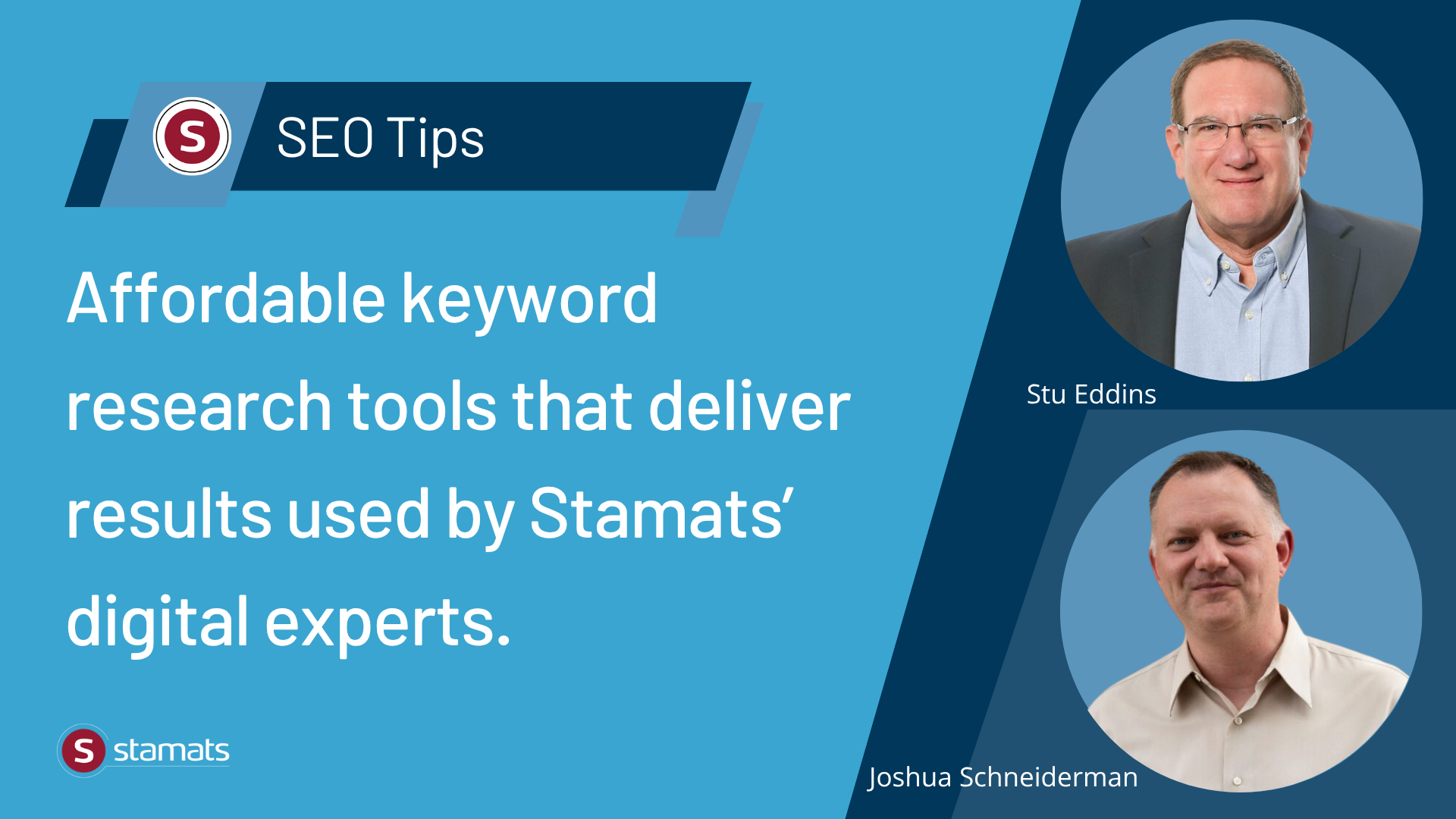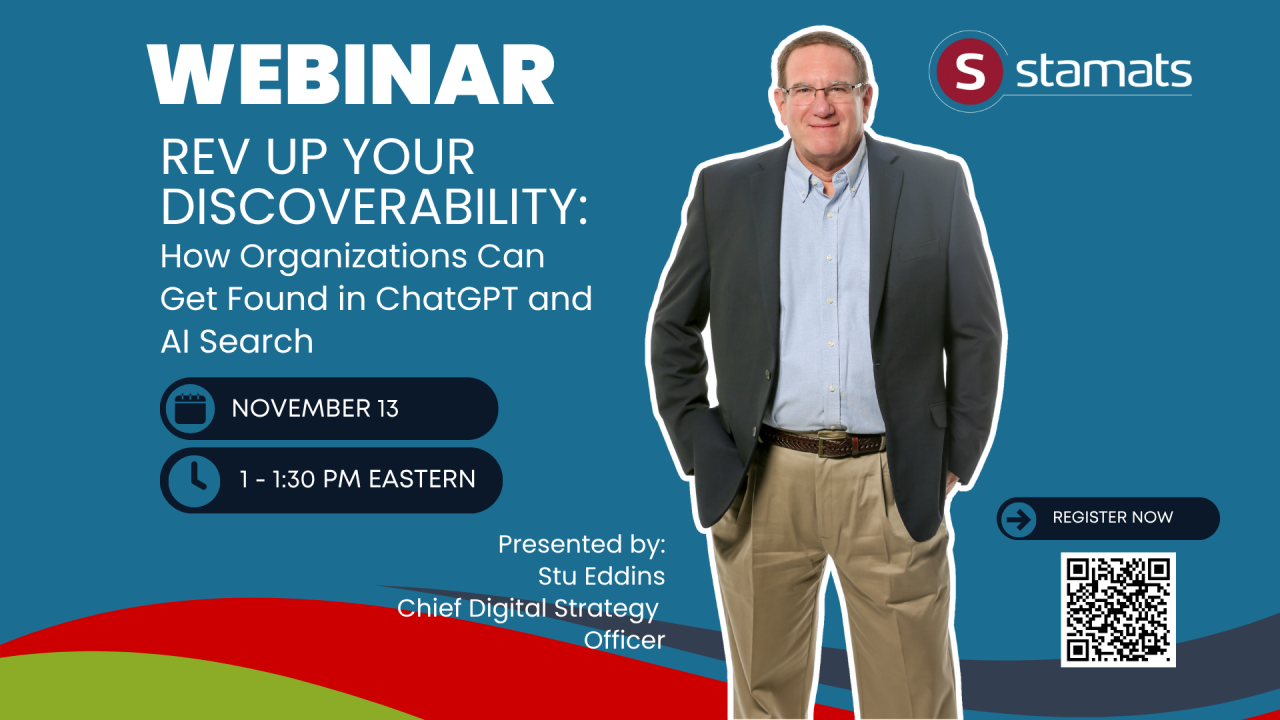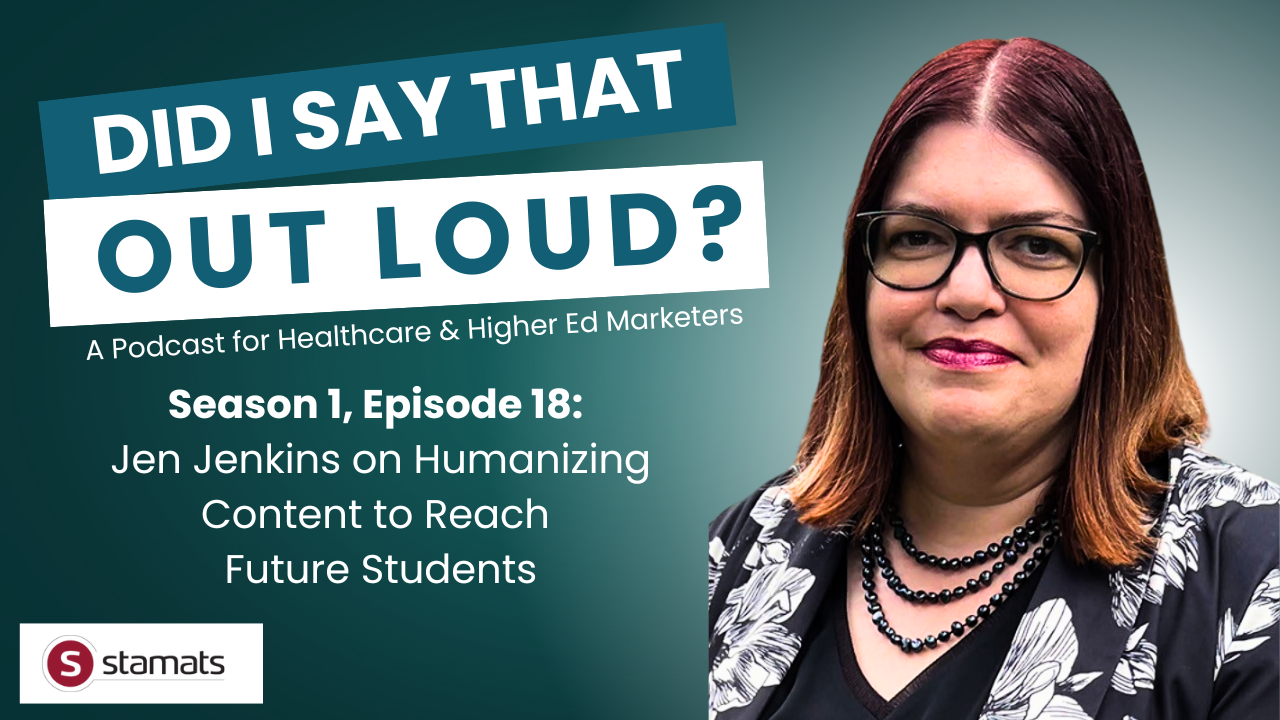Written by
on

Marketers in higher education are pretty good at identifying a target audience: 18-24, both genders, high school grads, within 100 miles of the college.
But a market isn’t a monolith; it’s created from a great number of segments defined by interest, affinity, concerns, and intent. These segments are audiences, and if we take the time to define and understand them, they tell us how we should be targeting our ads and what the ad’s messages should be.
Right Message, Right Person, Right Moment
We’ve been hearing this advice for years, to the point where most of us can repeat it on demand. Many advertisers believe that they have used this advice in their own campaigns. Certainly, some marketers have while for many more it’s been a near miss.
Here’s a term I learned decades ago from clothing retail: Osfa (oh-ss-fah). Meaning One-Size-Fits-All. The term applies to generic, shapeless garments that could be worn by anyone. The problem is, wearing something and looking good in it are two very different things.
Now, look at your current ads. Clever as they are, could they be characterized as Osfa? Generic and shapeless enough that they cover everyone yet designed for nobody in particular?
Personalize, Even When You Think You Can’t
The most common way we use audiences is to target ads at people. The primary goal has been to promote cost savings, which makes sense. Why would we serve ads to unqualified consumers? However, this usage only addresses one part of the equation.
Part A – The Ads
Ads need to be personalized for each audience segment, and Meta gives us a good example of why this is important. A simple audience breakdown for a freshman recruitment campaign could be a parent audience (often 40-60 years old) and a student audience (aged 18-24). Meta allows advertisers to create a single ad and serve it to Facebook, Instagram, or both. Most of the time the “both” box is ticked, and one ad is used across the two platforms.
Take a moment and try to imagine one ad message that would work well for both the parent and the student audiences. Any ideas? By the time you narrow down common interests between the two groups, you’re likely to be left with a mostly generic brand message.
One ad on both Instagram and Facebook is a missed opportunity to deploy two more effective, audience-specific messages. Messages that motivate action and inform decisions. The Parent and Student audiences have similar needs but different perspectives on most topics: “Parents, our campus is safe!” “Students, you’ll love campus life!”
Part B – The Landing Page
“My hands are tied; my website CMS doesn’t support personalization.” That may be true of your CMS, but thankfully your hands are not tied. Time and again, it’s been shown that prospects prefer a solution offered in a personalized manner. Our best chance to offer a personalized experience is on our website.
A marketing department can use third-party landing page hosts like Unbounce or invest in a sitewide personalization and testing tool like Optimizely. The objective is to offer page content that offers answers to the questions each audience is likely to ask, with a strong call to action.
A longer lasting solution is the development of audience-based site content that does double duty for paid and non-paid traffic. In many ways, content development makes the most sense. The audiences for your programs or services remain the same regardless of a paid or non-paid visit.
Summary
Take a moment and assess how you identify the audiences in your target market. Are you using audience characteristics to personalize ad messages, tactics, and site experiences?
Yes, deploying content and ad personalization has cost and requires time and effort, but the payback can be substantive and very real. That payback can come from increased application counts from better qualified leads (less time and effort from the admissions team!) Improved brand affinity and authority because you are seen as a reliable and helpful resource. And internally the team can be seen as more efficient and effective at earning new students.
Kick one-size-fits-all campaigns to the curb. It’s time to refine your advertising and content using audience-based strategies. Start small with one service or program but be thorough. Knit together content and ads that address a target market and two or three audiences across different tactics. It will take practice and testing to get it right, so document your steps along the way. If you use Google Analytics you already have the data you need to create audiences, all you have to do is start.
Ready to make your audiences work for you? Email me to discuss strategies for your institution.


